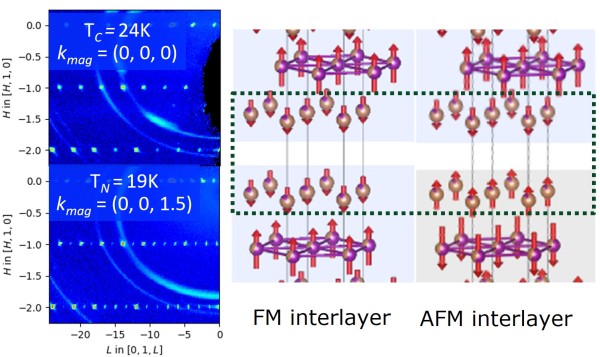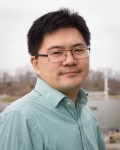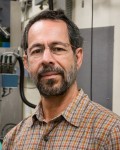Defect Engineering of Magnetism and Topology

Scientific Achievement
It is shown that MnSb2Te4 crystals grown at 620°C order antiferromagnetically at 19 K, while crystals grown at higher temperatures acquire a Mn-rich stoichiometry with magnetic anti-site defects leading to ferrimagnetic order.
Significance and Impact
This work showcases how defect engineering tunes the properties of materials used in future quantum technologies based on magnetism and band topology.
Research Details
- MnSb2Te4 single crystals with different magnetic properties were fabricated with controlled growth.
- Magnetic order was characterized using single-crystal neutron diffraction.
- Electron microscopy provided insights into the local defect structures.
- First principal calculations revealed the anti-sites’ roles in the magnetism and band topology.
“Site Mixing for Engineering Magnetic Topological Insulators”
Yaohua Liu, Lin-Lin Wang, Qiang Zheng, Zengle Huang, Xiaoping Wang, Miaofang Chi, Yan Wu, Bryan C. Chakoumakos, Michael A. McGuire, Brian C. Sales, Weida Wu, and Jiaqiang Yan,
Physical Review X 11, 021033 (2021).
DOI: https://10.1103/PhysRevX.11.021033






